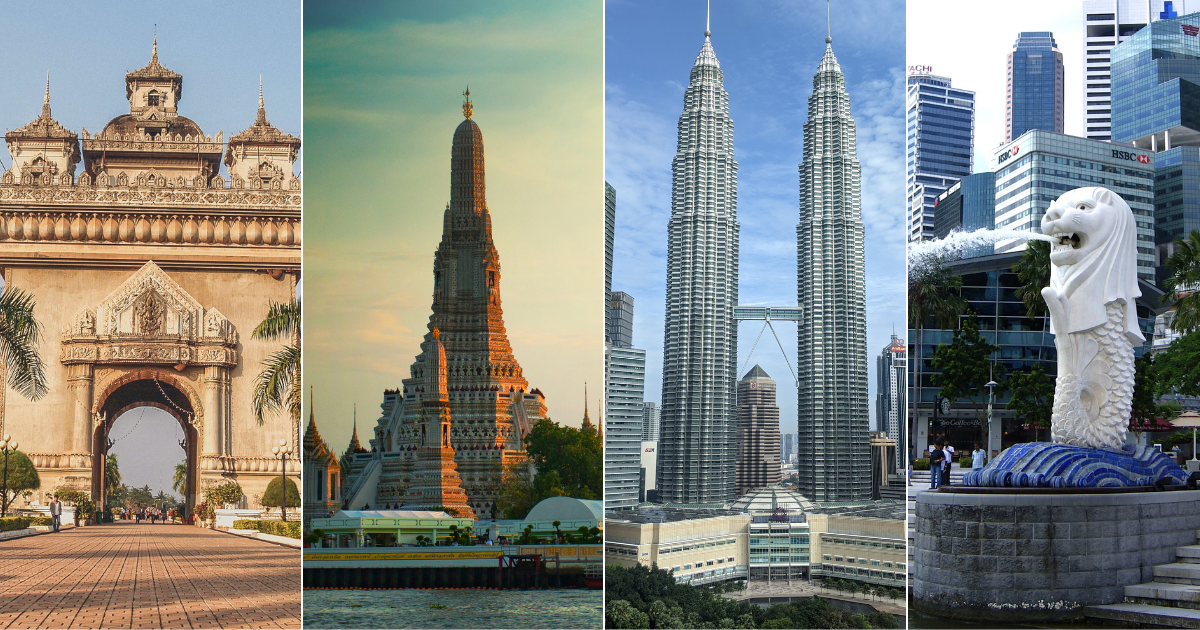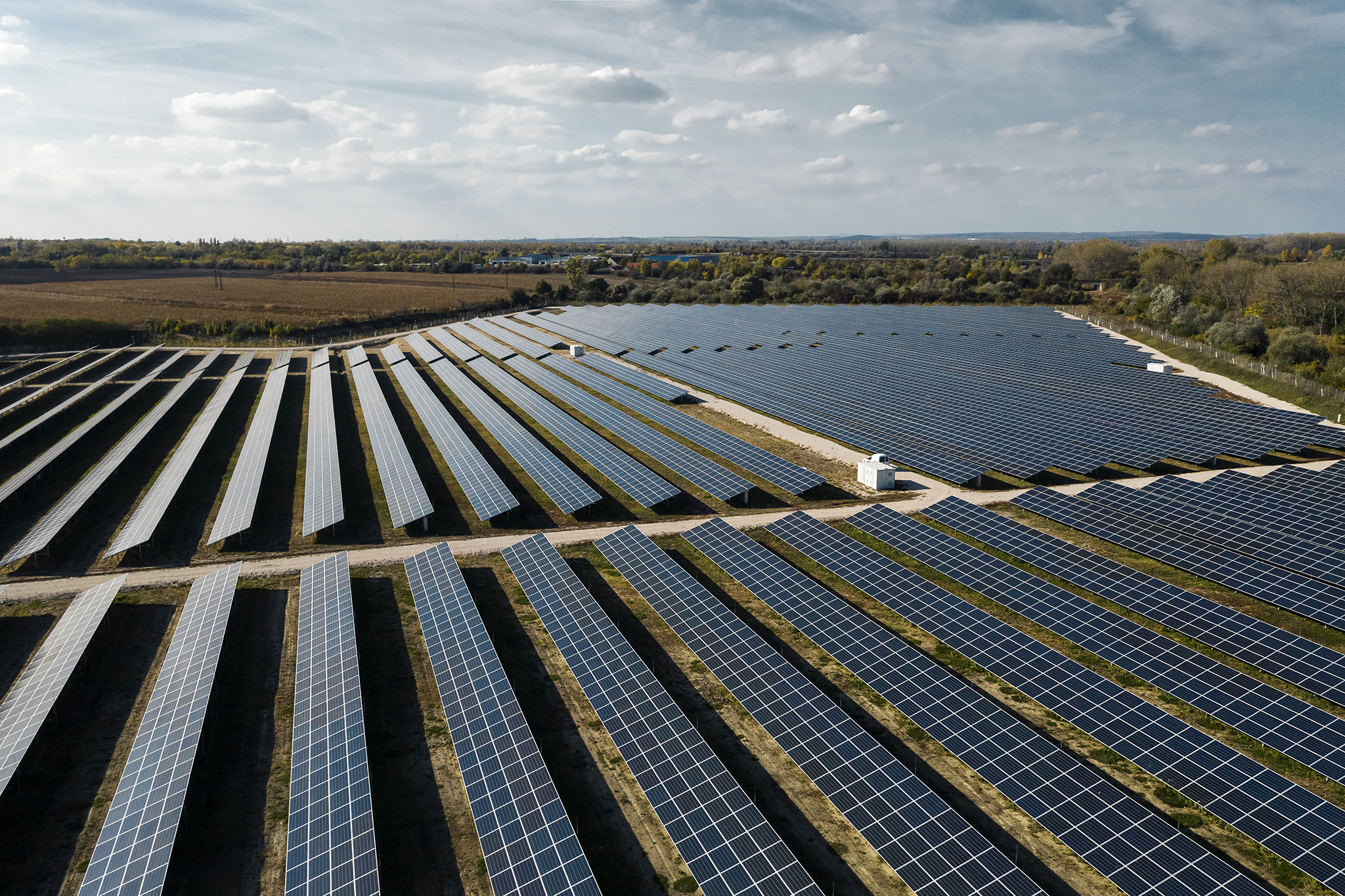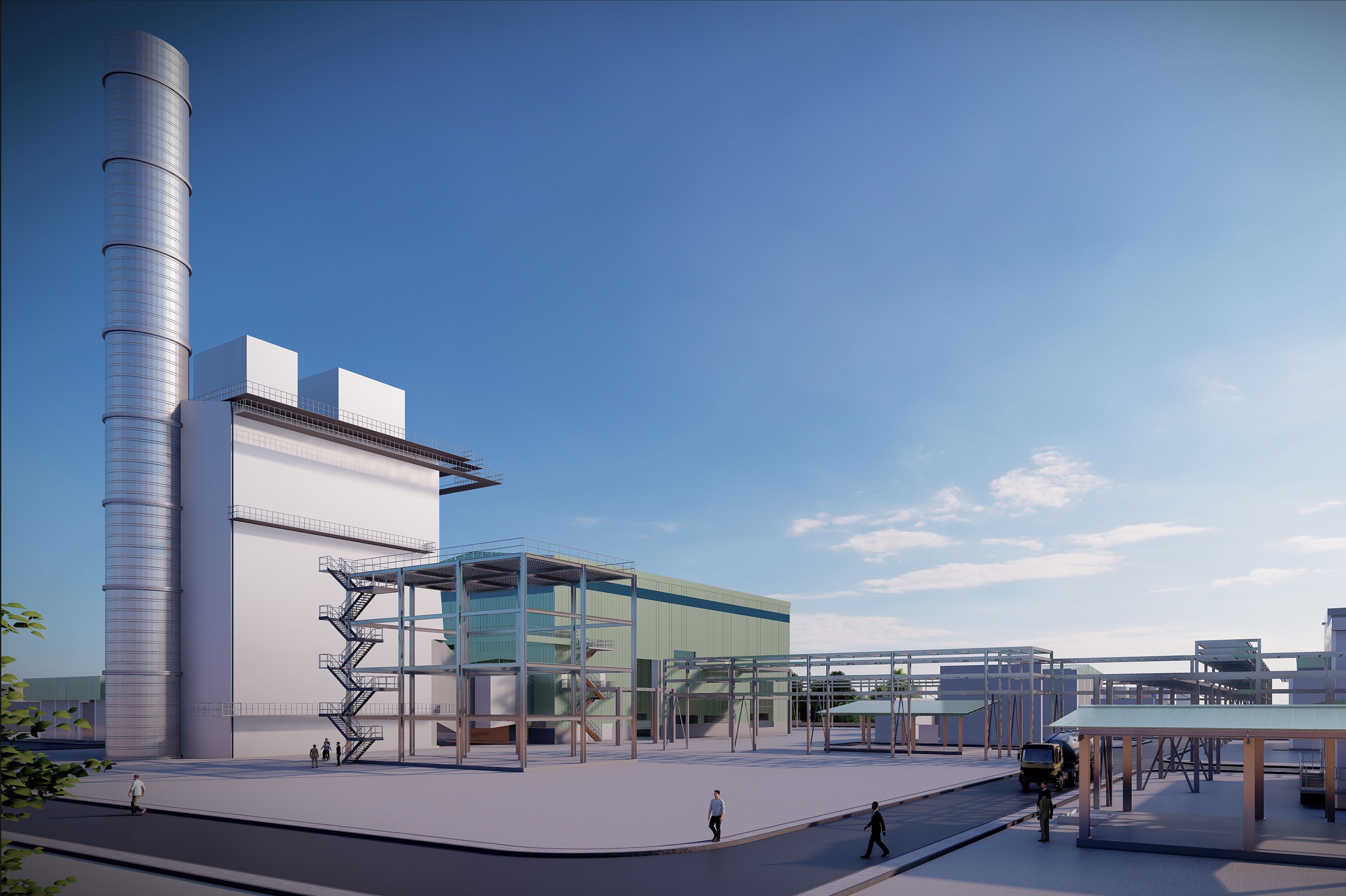Singapore aims to import up to 4 GW of low-carbon electricity by 2035, which will approximate 30% of the Country’s electricity supply.
According to the Energy Market Authority (EMA), Singapore’s electricity consumption has been steadily increasing and is expected to rise in the years ahead.
The energy demands of Singapore’s fuel-hungry economy are tied to key trends such as economic growth, the rising demand for air-conditioning as well as rapid digitalisation and the related demand for more supporting infrastructure such as data centres.
Climate change is a mounting challenge that requires Singapore to change the way it uses and produces energy to reduce carbon emissions. The power sector needs to evolve to help achieve the Country’s vision of a clean and efficient energy future.
In a bid to transform Singapore’s energy supply and leverage more environmentally-friendly ways to power the Nation, the government has embarked on developing regional power grids and low-carbon alternatives. The government has set its target on achieving an import capacity of up to 4 gigawatts (GW) of low-carbon electricity by 2035.
In supporting Singapore’s sustainable energy goals, Keppel has made substantive progress on various fronts and is leading projects to potentially import up to 1.4 GW of low-carbon electricity, making up about 35% of the national target.
Singapore’s first cross-border renewable energy import
Significantly in June 2022, Keppel became the first entity to successfully import renewable energy into Singapore under the Lao PDR-Thailand-Malaysia-Singapore Integration Project (LTMS-PIP). This event marked the first multilateral cross-border electricity trade deal involving four ASEAN countries.

The Lao PDR-Thailand-Malaysia-Singapore Integration Project was the first multilateral cross-border electricity trade involving four ASEAN countries.
The LTMS-PIP serves as a pathfinder in realising the broader ASEAN Power Grid (APG) vision of multilateral electricity trade. The APG is a key regional initiative to enhance interconnectivity, energy security and sustainability through existing electricity interconnections.
Establishing regional power grids is complex as it requires extensive cooperation between participating countries, each with its own policies and infrastructure, as well as multiple commercial stakeholders.
“One of the key objectives of the LTMS-PIP was to demonstrate the feasibility of multilateral power collaboration. It was with extensive collaboration among the various parties, including Keppel and EDL, Electricity Generating Authority of Thailand and Tenaga Nassional Berhad, with the support from the governments of the four member ASEAN countries, that the technical, commercial, legal and regulatory arrangements could be finalised,” said Ms Cindy Lim, CEO, Infrastructure of Keppel.
“The expeditious turnaround time from the appointment of Keppel as the importer to the successful flow for the complex cross-border multilateral trade demonstrates the commitment of all parties.”
“Our participation in the inaugural cross-border renewable power trade aims to be scalable and long-term, so that Keppel is better able to provide renewable energy to our customers in support of their journeys towards net zero”, Ms Lim added.
From June 2022 through September 2023, more than 260 gigawatt hours (GWh) of low-carbon electricity has been imported from Lao PDR to Singapore.
Diversifying access to renewable energy sources in ASEAN
In March 2023, Keppel became the first entity to receive conditional approval from EMA for the large-scale renewable energy import of up to 1.0 GW of low-carbon electricity from renewable sources in Cambodia and potentially Lao PDR.
Keppel also entered into an agreement with Cambodia’s Royal Group Power Company Ltd (RGP), for RGP to supply and export, as well as for Keppel to import utility-scale low carbon electricity into Singapore.
It is estimated that one year’s supply of 1.0 GW low-carbon electricity will be able to power 1.4 million households in Singapore annually.
Low-carbon electricity will be generated largely from solar power, along with hydropower.
All this power is envisioned to be transmitted through onshore overhead high-voltage transmission lines and subsea high-voltage transmission cables[1] from Cambodia to Singapore.
Keppel could also potentially scale up and hybridise the vast renewable energy sources in Lao PDR, thus helping to shore up Singapore’s energy resilience for generations to come.

Keppel has received conditional approvals from Energy Market Authority to import low-carbon electricity generated by renewable sources from several ASEAN countries.
In September 2023, Keppel received conditional approval from EMA for the long-term import and sales of 300 MW of low-carbon electricity from renewable sources in Indonesia.
Supplies of this low-carbon electricity will be generated from solar photovoltaic plants and transmitted from Indonesia’s Riau Islands to Singapore via a common subsea transmission cable system. The cable system will be jointly developed and shared by a consortium comprising Keppel, EDP Renewables APAC and Vanda RE.
Part of the Green Corridor project between Singapore and Indonesia, this import of low-carbon electricity aims to accelerate renewable energy generation projects in Indonesia, not only to serve domestic needs but also to support cross-border electricity trade between the countries.
By leveraging its experience and expertise from the LTMS-PIP project, Keppel has a first-mover advantage in the implementation of these latter initiatives, especially in terms of securing supply reliability and cost-competitiveness.
Subject to regulatory approvals, the low-carbon electricity import from Cambodia is expected to commence post-2030, while the renewable power import from Indonesia is expected to commence post-2027.
Gearing up for the low carbon economy
Keppel currently operates one of the youngest and most efficient fleets of combined-cycle gas turbine (CCGT) power plants in Singapore, that has the capacity to generate 1,300 MW of power. It is also developing the 600 MW Keppel Sakra Cogen Plant, that will be Singapore’s first hydrogen-ready and most advanced, high-efficiency CCGT power plant.
The Keppel Sakra Cogen Plant is designed to operate on fuels with 30% hydrogen and has the capacity of shifting to run entirely on hydrogen.
Expected to be completed in 2026, this asset will grow Keppel’s power generation portfolio from the current 1,300 MW to 1,900 MW.

The Keppel Sakra Cogen Plant will be the most cutting-edge and energy efficient power plant in Singapore, which will translate into superior performance, such as lower emission intensity and higher operation flexibility.
In addition to efficient power generation, Keppel has also been an early mover in the exploration of low-carbon energy, such as green ammonia and hydrogen through partnerships with various industry players.
For instance, Keppel is collaborating with Greenko, one of India’s leading renewable energy companies to develop an end-to-end supply chain of at least 250,000 tonnes of green ammonia per year from India to Singapore and beyond.
Keppel is also participating in the Central Queensland hydrogen (CQ-H2) project consortium, which is developing a hydrogen production facility in Australia, among other related infrastructure. The CQ-H2 project, one of the largest green hydrogen projects in Australia, aims to produce renewable hydrogen, scalable to up to around 2,500 MW equivalent, and deliver via its different carriers to Japan and Singapore, as well as supplying large domestic customers in Central Queensland.
These initiatives aim to place Keppel in good stead to help drive the decarbonisation of Singapore’s power sector as well as meet the raising demand for reliable, low-carbon energy from hard to abate industries.
[1] Laying and installation of subsea cables and interconnectors are multi-step processes and are subject to further development works.